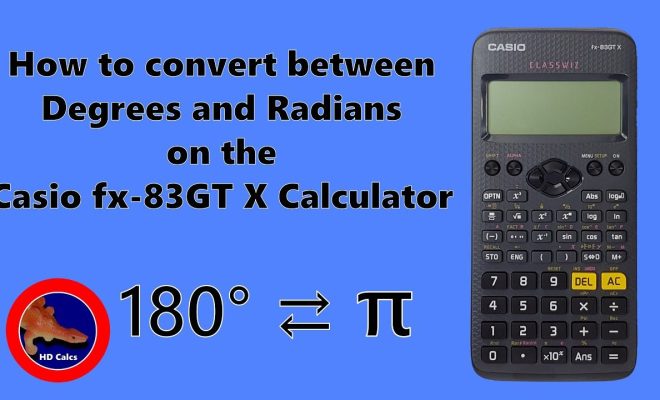How do you calculate average speed

Introduction:
Average speed is a measure of how fast an object travels over a given distance. It is useful for understanding the overall pace of a journey rather than momentary changes in speed. In this article, we will discuss the concept of average speed and how to calculate it using simple concepts from elementary physics.
The Formula for Average Speed:
Average speed can be calculated using the following formula:
Average Speed = Total Distance / Total Time
Here, ‘Total Distance’ refers to the complete distance covered during the journey while ‘Total Time’ is the cumulative time taken to travel that distance.
Step-by-Step Guide to Calculate Average Speed:
1. Determine the total distance: Before calculating average speed, you need to know the total distance that was traveled. This could be a straight line between two points or multiple distances combined. For example, if you traveled 40 kilometers to your office and later returned back home, which is 40 kilometers away, your total distance would be 80 kilometers.
2. Calculate the total time: Determine the time you took to cover all these distances. In our example above, let’s say it took you 1 hour to reach your office and 1 hour, 15 minutes to return home. Convert any non-hourly units (like minutes) into hours for easy calculation. In this case, it would be 1 hour + (15 minutes/60) hours = 1.25 hours.
3. Plug in the values into the formula: Now that we have both total distance and total time values, we can now use the formula:
Average Speed = Total Distance / Total Time
Average Speed = 80 kilometers / (1 + 1.25) hours
Average Speed = 80 kilometers / 2.25 hours
4. Find the average speed: Divide the total distance by the total time and you get your average speed:
Average Speed = 35.56 kilometers per hour (rounded to two decimal places)
In this particular example, your average speed throughout the entire trip is 35.56 kilometers per hour.
Conclusion:
Understanding how to calculate average speed is an essential skill that helps us gauge the efficiency of our journeys and can inform our decision-making when planning routes. It is a simple process that requires only basic knowledge of distance and time measurements, allowing people of all ages and backgrounds to understand and utilize this important concept.






